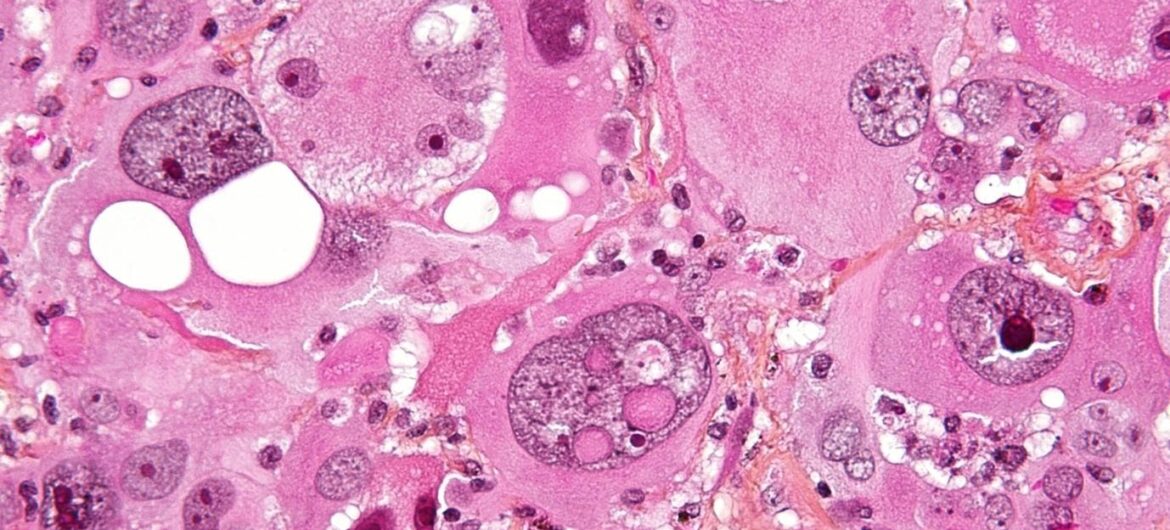A median survival of only 15 months following diagnosis makes glioblastoma multiforme the most aggressive brain tumour – with local tumour recurrence in up to 90% of cases despite intervention. When treating brain cancers, surgical resection often leaves small parts of the tumour behind. This means that chemotherapy is necessary to stop the cancer from recurring – though clinicians can only administer agents that can cross the blood-brain barrier, which is a highly selective membrane that does not allow many substances from crossing. The glioblastoma treatment that is currently used, however, is not specific and has the same universal action on both malignant tumour cells and non-cancerous neuronal cells.
Scientists at the Linköping University in Sweden and the Medical University of Graz in Austria have recently demonstrated through in vitro studies that an implanted ion pump is capable of targeted drug delivery of gemcitabine, a chemotherapeutic agent that is not normally able to pass the blood-brain barrier. This advance in research has meant that healthcare professionals may be able to target glioblastoma cells with high precision without harming neuronal cells in the process. Though in early stages, the results from cancer cells in the laboratory have been “extremely promising” and in five to ten years we may see this new technology “used in treatments for brain tumours”, according to Daniel Simon who is an associate professor at the Department of Science and Technology at Linköping University. Using the “GemIP” ion pump has also been demonstrated to kill more cancer cells than other treatments, such as temozolomide.
Currently, gemcitabine is used to treat breast cancer, pancreatic cancer and bladder cancer. Since its mechanism of action depends on disrupting cell division in rapidly growing tumours, it will have no effect on non-cancerous brain cells since they do not usually undergo cell division. However, though it has proven itself as an efficacious chemotherapy agent, it has not normally been used to treat cancers of the brain since its ability to cross the blood-brain barrier is poor. GemIP is able to transport gemcitabine due to its positive charge and small size. The experimental study involved loading gemcitabine into an electrolyte reservoir before using the GemIP device to pump it directly into cancer cells through an ion transport channel. The ion pump makes use of a low voltage and low current, which means that large electrical power supplies would not be necessary if they were eventually to be used in a clinical setting. The benefits of ion pump-mediated drug delivery also include avoiding disrupting the sensitive balance of pressure inside the brain, as well as the ability to control dosage through electrical charging which allows for extreme precision.
The study has revealed how electrically driven chemotherapy may hold the potential to drastically improve treatment of glioblastoma adjuvant chemotherapy. Though in the early stages, the authors envision a broad application of such technology in the long term, including the potential treatment of surgically inoperable tumours. The next stage of this ground-breaking research involves making use of the ion pump to assess different chemotherapy drugs that have been avoided in the past due to serious adverse effects or their inability to pass the blood-brain barrier.





